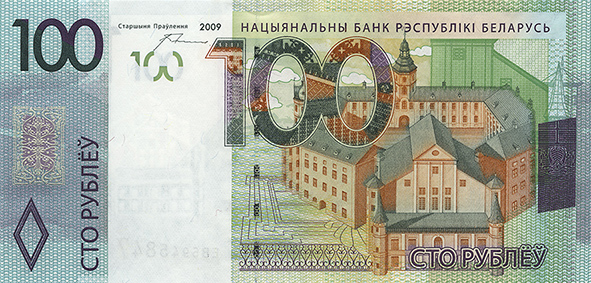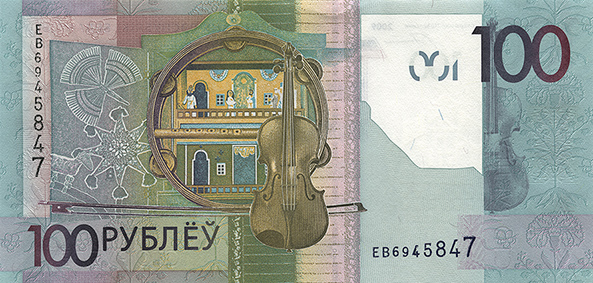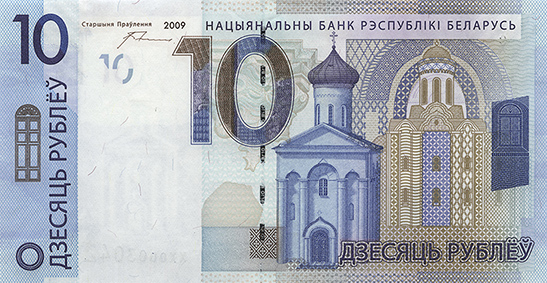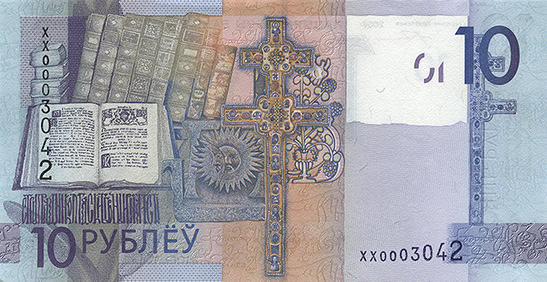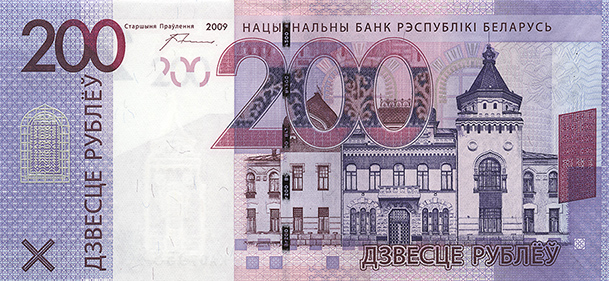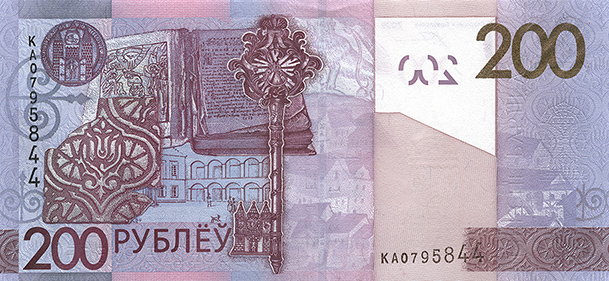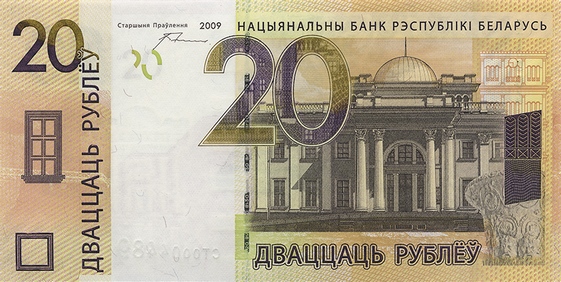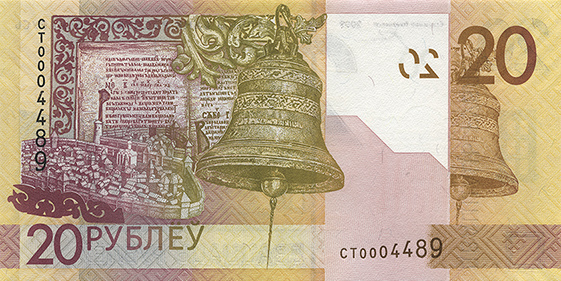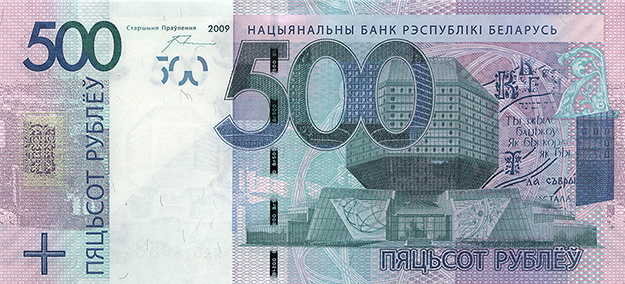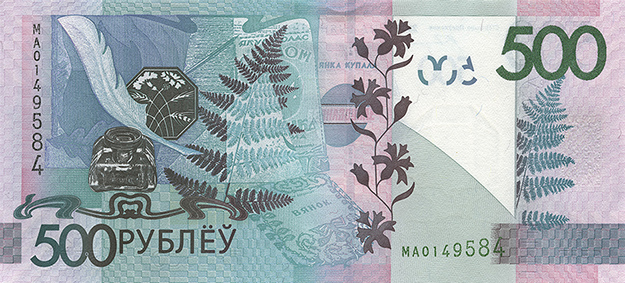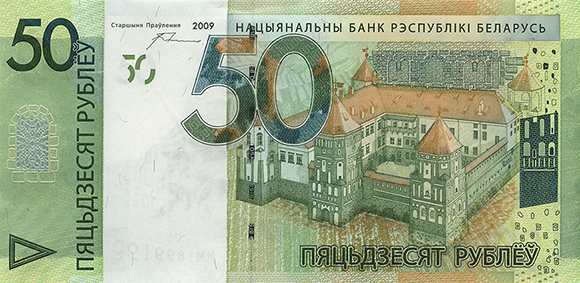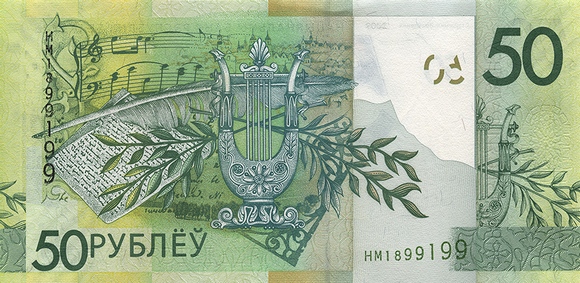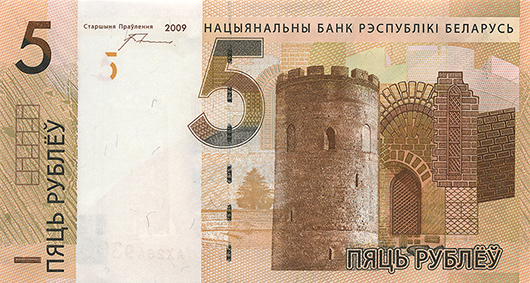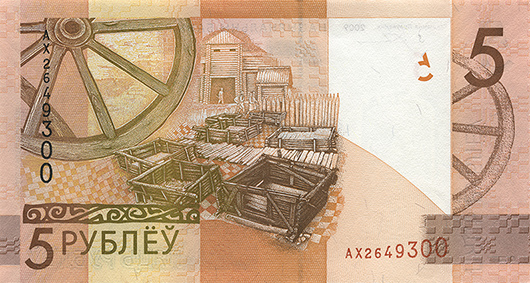Exploring the Diverse Landscape of Belarus
Belarus, officially known as the Republic of Belarus, stands as a remarkable destination in Eastern Europe. This landlocked nation shares its borders with several significant countries: Russia to the northeast, Ukraine to the south, Poland to the west, and Lithuania and Latvia to the northwest. Covering an area of 208,000 km², it proudly holds the title of the largest landlocked country in Europe. In fact, its size is slightly less than that of Great Britain, which spans 229,848 km², and is marginally smaller than the state of Kansas in the USA.
Demographics and Cultural Tapestry
As of 2020, Belarus boasts a population of about 9.4 million people, with Minsk serving as the capital and the largest city. Amidst its diverse cultural landscape, Belarusian appears as the official language for about 24% of the population, while a significant 70% predominantly speak Russian. This linguistic landscape also accommodates small Polish and Ukrainian-speaking minorities. Ethnic Belarusians, who converse in a language closely related to Russian and Ukrainian, constitute more than three-quarters of the population.
The Unique Identity of Belarus
Belarus is known for several unique attributes, including its celebrated potatoes, renowned tractors, and its classification as one of the poorest countries in Europe in terms of total wealth. Intriguingly, it distinguishes itself as the last European nation governed by a dictator, Alexander Lukashenko. However, despite these challenging circumstances, Belarus uniquely records the lowest unemployment rate across Europe.
It’s essential to clarify that, while Russian dominates as the spoken language, Belarus is not part of Russia. The country is remarkably diverse, being the birthplace of five Nobel Laureates and home to two Israeli presidents—Chaim Weizmann and Shimon Peres. Moreover, one cannot overlook the famous artist Marc Chagall, who hails from Belarus.
Natural Beauty and Forests
A significant portion of Belarus features lush greenery; approximately 40% of the landscape is forested. An outstanding example is the Białowieża Forest, which remains one of the largest and last fragments of the vast primeval forest that once covered parts of the European plain. Visitors often find that the people of Belarus are hospitable and friendly, ready to share their rich heritage and stunning landscapes.
Historical Context of Belarus
Belarus gained its independence in 1991 after enduring seven decades as a constituent republic of the USSR. Over the years, it has maintained closer political and economic relationships with Russia than many other former Soviet republics. On December 8, 1999, Belarus and Russia signed a treaty aimed at fostering deeper political and economic integration. Unfortunately, significant progress in implementing this treaty has eluded both nations.
Since Alexander Lukashenko first took office in July 1995, he has progressively consolidated his authority through mostly authoritarian measures. Following the constitutional amendment of November 24, 1996, which significantly expanded presidential powers, Lukashenko gained the authority to extend his term and govern by decree. This amendment also severely curtailed the powers of the National Assembly.
Political Landscape of Belarus
According to the constitution, Belarus describes itself as a "democratic, social state." However, the powers bestowed upon the president by the 1996 amendment dramatically altered the political landscape. Now, the president holds significant sway over government functions, including the ability to appoint the Prime Minister, who must receive parliamentary approval.
The Council of Ministers of Belarus acts as the central organ controlling the government. Despite this structure, the government operates largely at the behest of the president, maintaining a challenging environment for political dissent. Persistent restrictions on freedom of speech, the press, peaceful assembly, and religious expression remain a pressing concern.
Economic Overview of Belarus
Shifting focus to the economy, it largely hinges on three pillars: industry, agriculture, and a burgeoning IT sector. The capital, Minsk, serves as the primary industrial hub, embodying a unique blend of market socialism and state-directed economic policies. Surprisingly, Belarus’ economy reflects features often associated with a planned economy, with the government directing production and distribution closely.
Although Belarus once prided itself on a well-developed industrial base, it now faces numerous challenges, such as outdated facilities and inefficiencies. Crucially, it remains dependent on subsidized energy from Russia, making these economic ties vital. Russian energy subsidies can account for up to 10% of the GDP, enabling the government to maintain support for inefficient state-run enterprises.
Belarusian agriculture relies heavily on government subsidies, with most state-owned collective farms facing imminent bankruptcy without such support. Interestingly, farming represents only about 7% of the country’s GDP. Up to 80% of the nation’s industries remain under state control, and foreign investment has dwindled, despite some significant investments from China in agribusiness. The state’s influence looms large, as state-owned enterprises constitute 70-75% of the GDP and account for 75% of the banking sector.
Current Economic Challenges
Examining the economic landscape, Belarus finds itself with a negative Current Account Balance (CAB), ranking it among the least prosperous nations in Europe. In 2018, Belarus was listed as the 12th poorest country on the continent, reflecting the considerable challenges still faced.
Tourism and Cultural Heritage in Belarus
Despite these economic struggles, Belarus offers numerous attractions for visitors eager to explore its vibrant cultural tapestry. Among the many highlights, visitors can experience the historical Mir Castle Complex, a UNESCO World Heritage Site located in the heart of the country. This fortified site, originating in the 16th century, stands as a testament to Belarusian architecture and history.
Notable Landmarks and Attractions
Another significant site is the Nesvizh Radziwiłł Castle, which features a beautiful Baroque chapel and is also recognized as a UNESCO World Heritage Site. The Brest Fortress, built in the 19th century, remains a powerful symbol of Belarusian resilience and attracts numerous tourists each year.
Visitors can also explore the outdoor Brest Railway Museum, showcasing historical locomotives, or stroll through Gorky Park in Minsk, which, although often frequented by President Lukashenko, also offers a serene escape for locals and tourists alike. Additionally, the Belarusian National Arts Museum in Minsk stands as the country’s largest art institution, housing a diverse collection of local and international art.
Natural Wonders
When it comes to natural beauty, Lake Narach claims its place as the largest lake in Belarus, providing a breathtaking backdrop for relaxation and recreation. Nature lovers will undoubtedly appreciate the captivating landscapes throughout the country.
UNESCO Heritage Sites in Belarus
Belarus proudly claims four UNESCO World Heritage Sites, each reflecting the unique cultural and natural history of the country. Besides the aforementioned sites, the Mir Castle Complex and the Architectural, Residential and Cultural Complex of the Radziwill Family at Nesvizh provide profound insights into the artistic and historical heritage of the region.
Another significant UNESCO site, the Struve Geodetic Arc, showcases a monumental geodetic survey established between Norway and the Black Sea, demonstrating critical scientific collaboration that spanned several nations. Interestingly, this arc includes five survey points situated in Belarus, emphasizing the country's historical contributions to science.
Białowieża Forest: A Natural Gem
Lastly, the Białowieża Forest, which straddles the borders of Poland and Belarus, remains one of Europe’s last primeval forests. It houses the largest free-roaming population of European bison, adding another layer of ecological importance to this magnificent ecosystem.
In conclusion, as you explore Belarus, you will undoubtedly uncover a nation rich in history, culture, and natural beauty. From its bustling capital to tranquil forests, Belarus offers a unique blend of experiences that captivate the hearts of travelers worldwide. Despite the various challenges it faces, the warm hospitality of its people and the allure of its stunning landscapes make Belarus a remarkable destination worth visiting.
Largest cities of: Belarus
| City Name | Population | Year of foundation | |
| Minsk | 2,000,000 | 1067 | |
| Mogilev | 370,000 | 1267 | |
| Grodno | 370,000 | 1128 | |
| Gomel | 360,000 | 1142 | |
| Vitebsk | 360,000 | 974 | |
| Brest | 300,000 | 1019 | |
| Baranovichi | 180,000 | 1919 | |
| Barysaw | 136,000 | 1067 |
Belarus: Money
